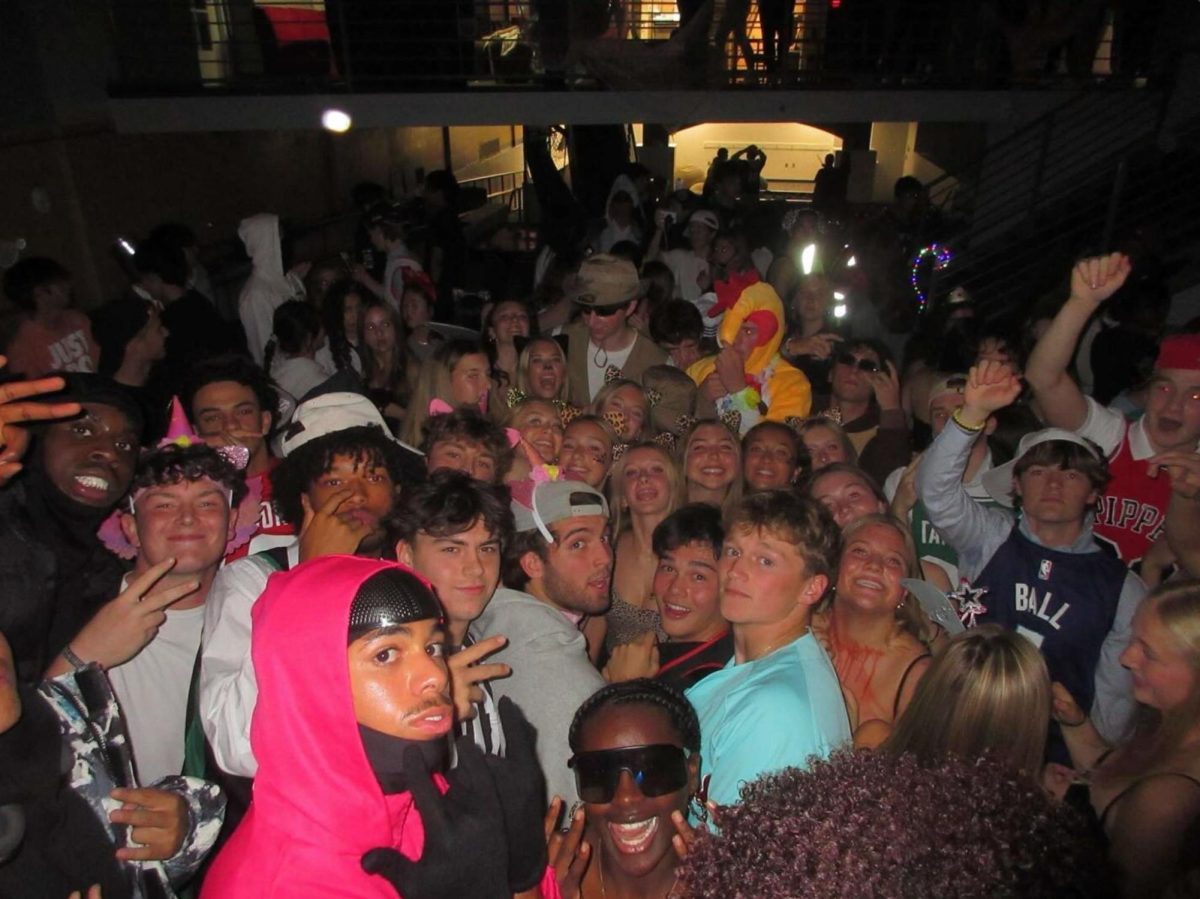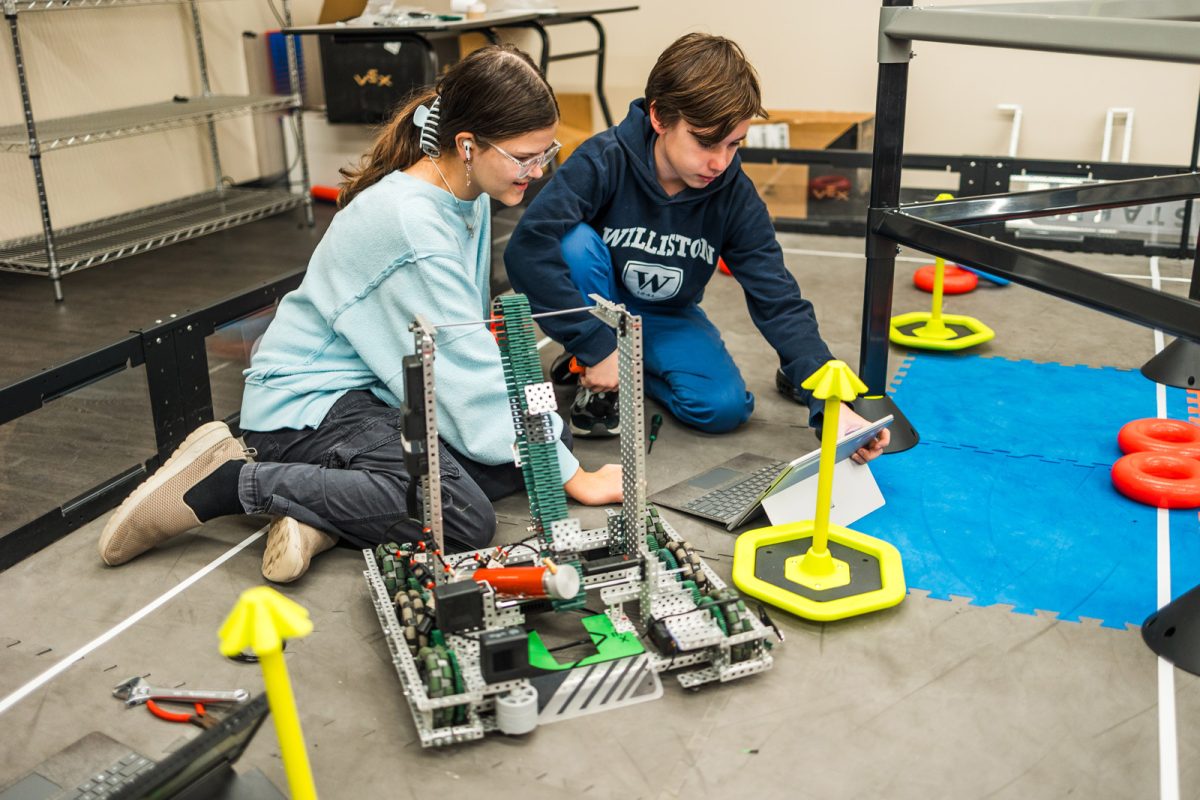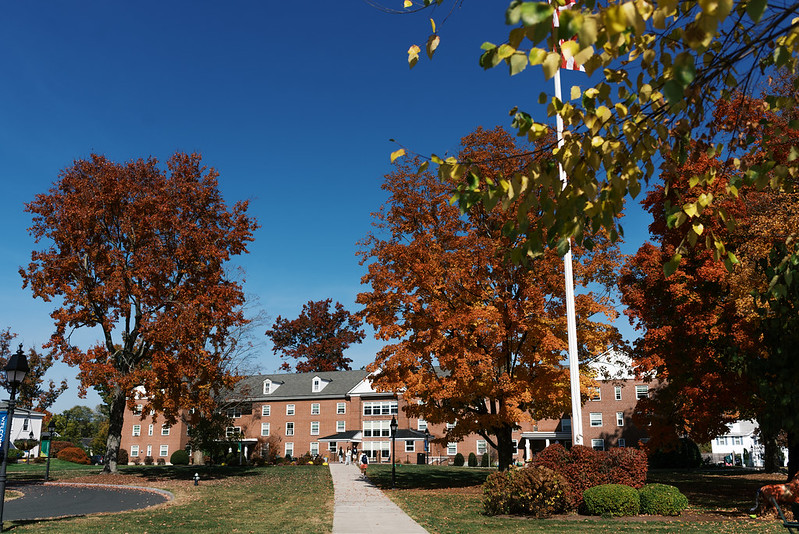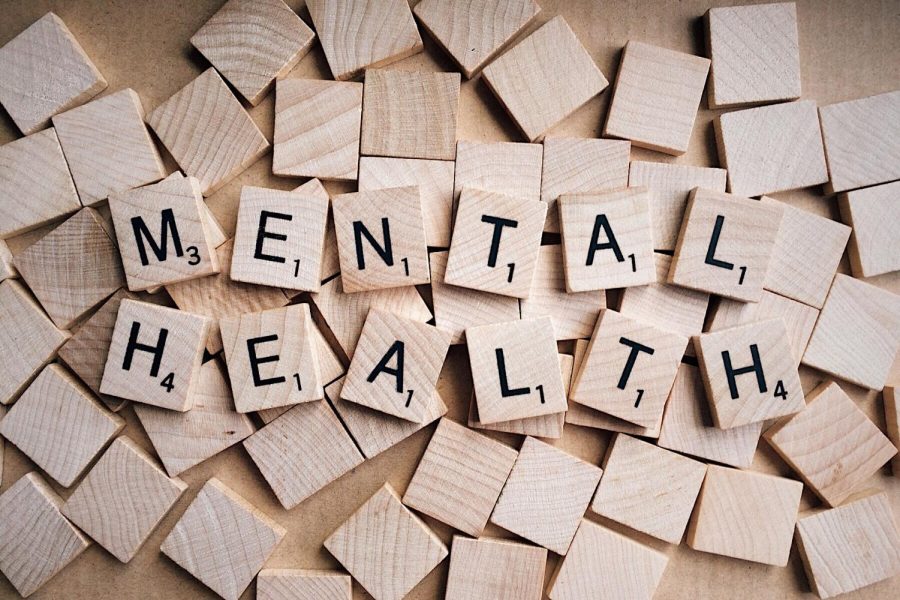A devastating earthquake of magnitude 7.6 hit Japan on January 1, 2024.
The Noto earthquake hit the Japanese city of Suzu in the Ishikawa prefecture, located on the southeastern margins of the Sea of Japan. It has caused severe damage to cities in the Noto peninsula, resulting in 160 casualties and many more injured or missing.
Another tragedy soon followed as a rescue aircraft headed to the scene collided with JAL flight 516, a civilian aircraft carrying hundreds of passengers, at Haneda airport, Sapporo. Five crew members of the rescue aircraft died, and four of the Japanese airline’s passengers were injured, with everyone else sustaining no injuries, according to The Guardian.
Japan has been extremely prone to earthquakes for thousands of years. This is because of the four tectonic plates that intersect in the area, causing over 1,500 seismic activities per year. Thankfully, many protective measures, such as sophisticated warning systems and sea walls, exist to help minimize the damage done to its residents and property. However, occasionally, quakes of such magnitude hit the shores and land of Japan, leading to earthquakes and tsunamis that cause massive damage.
One such earthquake was the 2011 Tohoku earthquake and the resulting tsunami that caused the infamous Fukushima nuclear accident. On March 11, 2011, the tsunami damaged the majority of the electrical grid system and energy sources, which resulted in the reactors overheating and releasing radioactive material into the surrounding environment, along with an explosion that destroyed the entire building. It resulted in over 2,000 casualties and left the surrounding area contaminated.
The Japanese government has quickly responded to the most recent catastrophe by organizing rescue actions to control the damage.
“The government has deployed emergency rescue teams from the Self-Defence Forces, police, and fire departments to the area and is doing its utmost to save lives and rescue victims and survivors, but we have received reports that there are still many people waiting to be rescued under collapsed buildings,” said Fumio Kishida, the Prime Minister of Japan, in a recent press conference, the transcript of which was posted on Rev.com.
“Saving disaster victims’ lives is a race against time … Many people are working tirelessly to secure routes to deliver heavy machinery … They’re working hard to clear broken roads and checking port safety to establish sea transport routes,” said Kishida.
Ozora Yazaki, a 9th grader from Japan, was in the country, although not in the impact zone, when the earthquake occurred.
“Although Japan has earthquakes almost every day, only a few earthquakes cause tsunamis which bring even worse tragedy,” he said. “Therefore, I believe that this unusual type of earthquake made people upset and as a result, this accident happened.”
Ozora was present for the 2011 Tohoku earthquake, often known as the “Great East Japan Earthquake,” which caused the Fukushima tsunami. It was the biggest earthquake ever reported in Japan, and the fourth biggest earthquake in the world, Ozora explained.
“I was in kindergarten and taking PE class,” he said. “While the ground was shaking, all the students hid under the gymnastics mat. Since my house was close to the kindergarten I could go home that day but I heard some students had to sleep over in the kindergarten due to the traffic congestion”
Jason Park, a junior from Seoul, South Korea, was deeply worried about the safety of his friends and himself upon receiving the news of the earthquake.
“The accident happened very shortly before my flight back to Massachusetts from [Korea], which is right next to Japan, so it made me a little worried,” he said. “After seeing the videos posted on social media, I was surprised at how large the scale of damage was in both incidents.”
“I also texted all my friends in Japan to see if they were all safe … and was relieved all my friends were safe,” he added.
Massive Earthquake Hits Japan
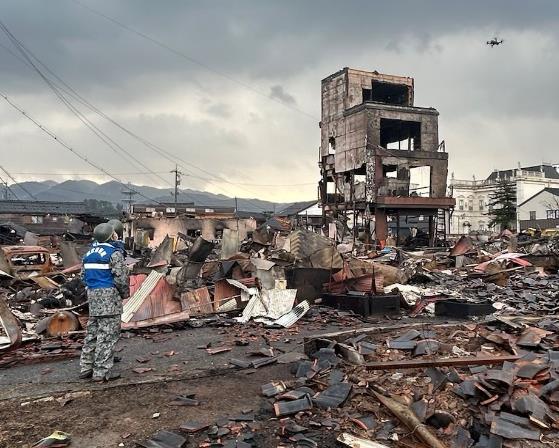
The 2024 Noto earthquake. Credit: Japan Ministry of Defence via Wikipedia
0
More to Discover
About the Contributor
Sangwon Choi ’27, Staff Writer/Editor




